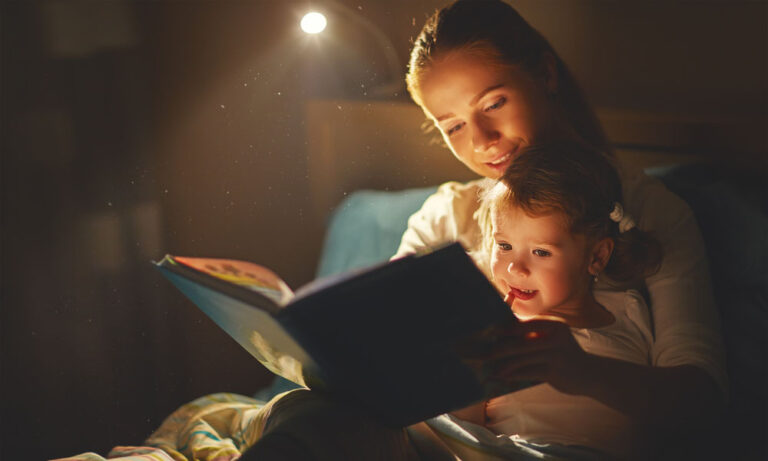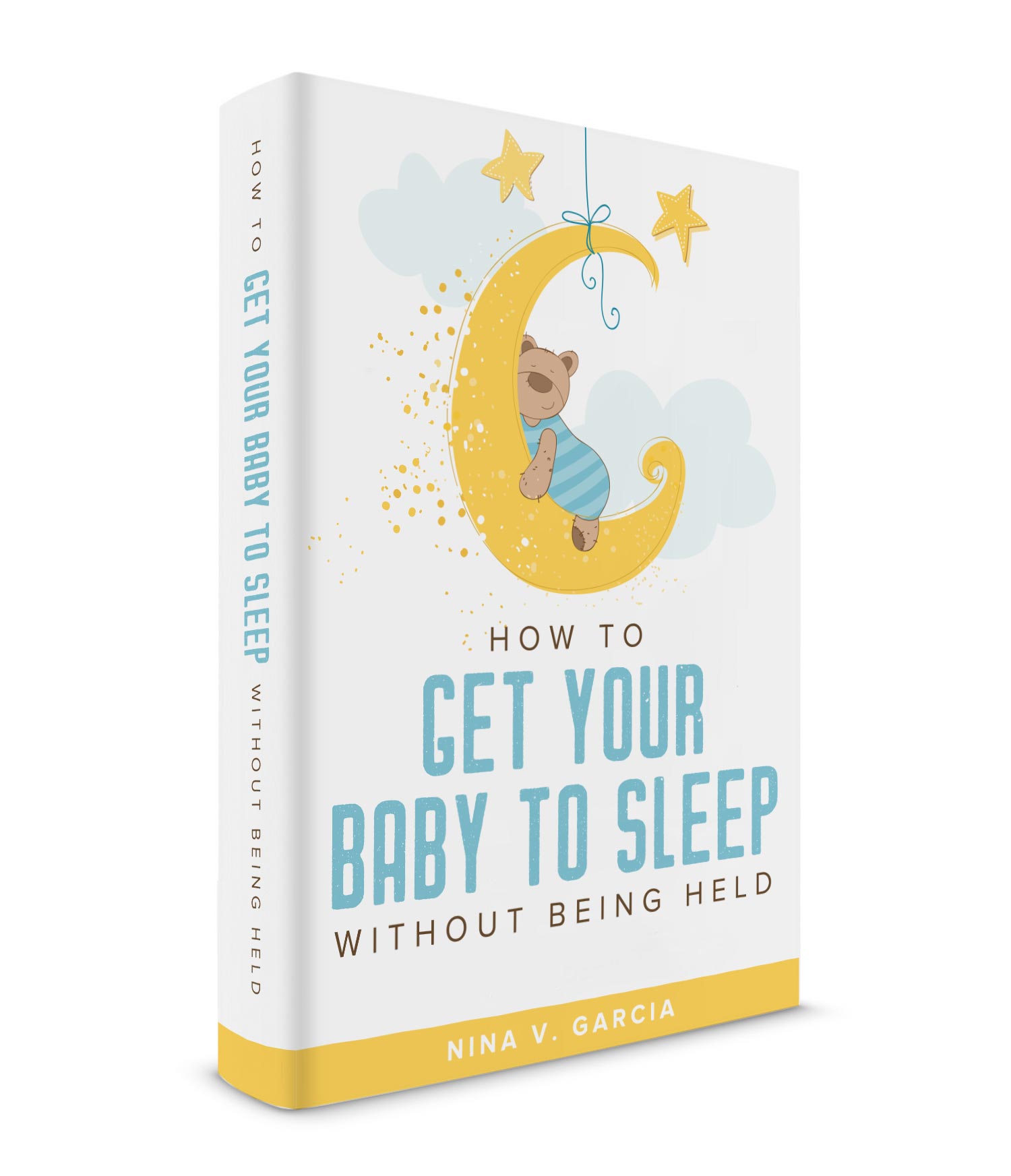It is always a dilemma of the parents whether their babies are having enough sleep or not. They never settle for just giving out a “good sleep” for babies as they always want to give the best and restful sleep for them. Henceforth, parents always push through trial and error just to achieve the ideal sleep for their babies. However, in this time, books are made to give you a portable guide which you can read anywhere you want especially when it concerns your baby’s sleep.
Therefore, what are the best baby sleep training books that will help parents’ in their babies ideal sleep? The top sleep training books that we recommend are Happiest Baby on the Block by Dr. Harvey Karp, How to Get Your Baby to Sleep without Being Held by Nina V. Garcia, The Sleepeasy Solution by Jennifer Waldburger and Jill Spivack, How to Sleep Train Twins by Nina V. Garcia, Secrets of the Baby Whisperer by Tracy Hogg, and a lot more.
Since there is a wide variety of baby sleep training books you can choose from, we have indicated the summary of each book to help you get the right one. At the same time, all are linked on where you can get it.
How Much Should Your Baby be Sleeping?
There should be a decrease in the number of hours in your baby’s sleeping and napping as he grows. This decrease serves as a sign that your baby has adjusted well in the environment. Although some babies show immediate adjustment, note that others might show a gradual reduction. Hence, to help you track your baby’s sleep development, we have provided you with a list below:
- For newborn babies: babies on newborn stage dedicate their longest time in sleeping. They tend to sleep for eight to ten hours at night, and naps of seven hours in the morning. In total, they get 15 to 17 hours a day.
- In your baby’s third month: on a frequent basis, your baby tends to sleep for ten hours at night, and five hours of nap in the morning. Your baby, in his third month, gets an approximate total of 15 hours of sleep per day.
- In your baby’s sixth month: in your baby’s sixth month, you can now observe a decrease in the number of sleep. Each day, he gets eleven hours sleeping at night and three to three and one-fourth hours napping in the morning. In total, your baby gets 14 to 14 and 1/4 hours of sleep every day.
- In your baby’s ninth month: in your baby’s ninth month, he gets an average of eleven hours of sleep at night and three hours of nap in the morning. In total, he gets 14 hours of sleep a day.
- In your baby’s twelfth month or first year: in your baby’s first year, he gets eleven hours of sleep at night and two hours of naps in the morning. In total, he gets 13 hours of sleep a day.
What Is the Right Age for Your Baby to Sleep Train?
Sleep training is the method of trying out various approaches to promote independent sleep and good sleeping habits to your baby. It is a common misconception that sleep training only involves “cry-it-out” method. Well, this is entirely wrong since there is still a lot of methods you can choose from.
So, what really is the right age for your baby’s sleep training? Coaches say that your baby’s age should be based on his development. However, the usual age is anytime between four to six (4-6) months. Below are the reasons why four to six (4-6) months is the appropriate age:
- By this age, your baby has not get used to nursing or rocking to sleep yet. As we commonly do this in the first months of our baby, the fourth month declares that we discontinue this practice and try to sleep train them to form good sleeping habits.
- Your baby, in this stage, is starting to learn the skill of falling asleep on his own developmentally.
- Many four (4) months old babies and above do not need to feed at night anymore. Hence, this is the perfect time to train him to sleep peacefully on his own.
Further, the sleep training method that you’ll apply to your baby depends on his age. In your baby’s fifth month, a sleep training method that works best for your baby is the gentle shush-pat method. However, there are instances that your baby grow older than six (6) months, and you have not tried sleep training them.
Well, it is never too late for you to help them develop good sleeping habits. Besides, it is also a sweet spot for them given that this stage is sure that you do not need to feed them anymore during the night. Given that cases vary from each other, it is advised that you check with your doctor before going into sleep training and withholding your baby’s nighttime feed for the said purpose.
What Are the Important Things to Remember Before Your Baby’s Sleep Training?
Before engaging your baby to sleep training, there are lots of important factors that you should take in. Some of these are as follows:
- Establish a sleep and wake up fixed routine for your baby every day. This fixed routine allows his body to identify what time he needs to sleep at night and wakes up in the morning.
- Feed your baby before the training. This allows your baby not to go to sleep hungry, and at the same time, not to wake up in the middle of the night just to feed. At the same time, fill your baby’s day with activities and stimulation. This allows your baby to feel a bit tired so he will have a restful and relaxing sleep.
- Observe the changes in your baby’s sleep and activities. Your baby should also be feeling energized and well-rested during the day. This signals you that the training is effective; thus you are really creating a good sleeping habit for your baby.
What Are The Best Baby Sleep Training Books?
1. The Happiest Baby on the Block
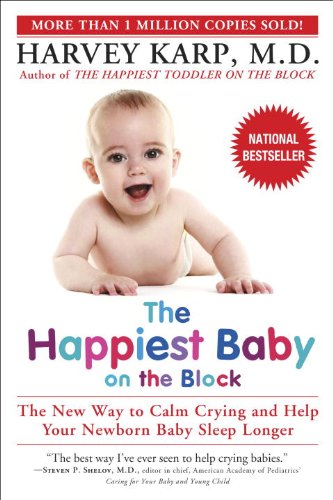
The Happiest Baby on the Block basically defines your baby’s fourth trimester. According to Dr. Karp, it is believed that a baby needs another trimester in the womb after nine months. True enough, some babies tend to grow a little bit overboard. Since giving birth to a big baby is hard on the mother’s part, babies get out a little bit earlier. Given this case, a baby still has two to three months of feeling like he is inside the mother’s womb. Hence, there are times that he acts like he really is!
To combat this, the book describes the 5 S’s which you and your baby can do to mimic the environment in the mother’s womb. These are the swaddling, side or stomach, shushing, swinging, and sucking. All these S’s have been tested by mothers that really work to calm their babies.
They work like a charm that keeps mothers free from sleep deprivation.Given that these ideas also worked in diverse cultures around the world, you can also give it a try. Note that you need not try all of them. Just pick one or two that will work best for your baby.
2. How to Get Your Baby to Sleep without Being Held by Nina V. Garcia
This book by Nina Garcia is considered a gem not only for those who sleep train their babies but also for mothers who send their newborns to sleep. This is primarily because the book includes all the tips and strategies that you need to know about baby’s sleep.
Most mothers deal with the everyday hardship of nursing and rocking the baby to sleep since setting him down to the crib creates a lot of screams, cries, and other noises. Hence, the book How to Get Your Baby to Sleep Without Being Held will teach you everything you need to know in order to establish good sleeping habits for your baby without the need of carrying him all the time.
He just needs to calm and soothe himself, and he can already sleep elsewhere. The above-mentioned steps, however, are only applicable to sleep training. You still have to filter what can be most suitable to your newborn.
3. The Sleepeasy Solution by Jennifer Waldburger and Jill Spivack
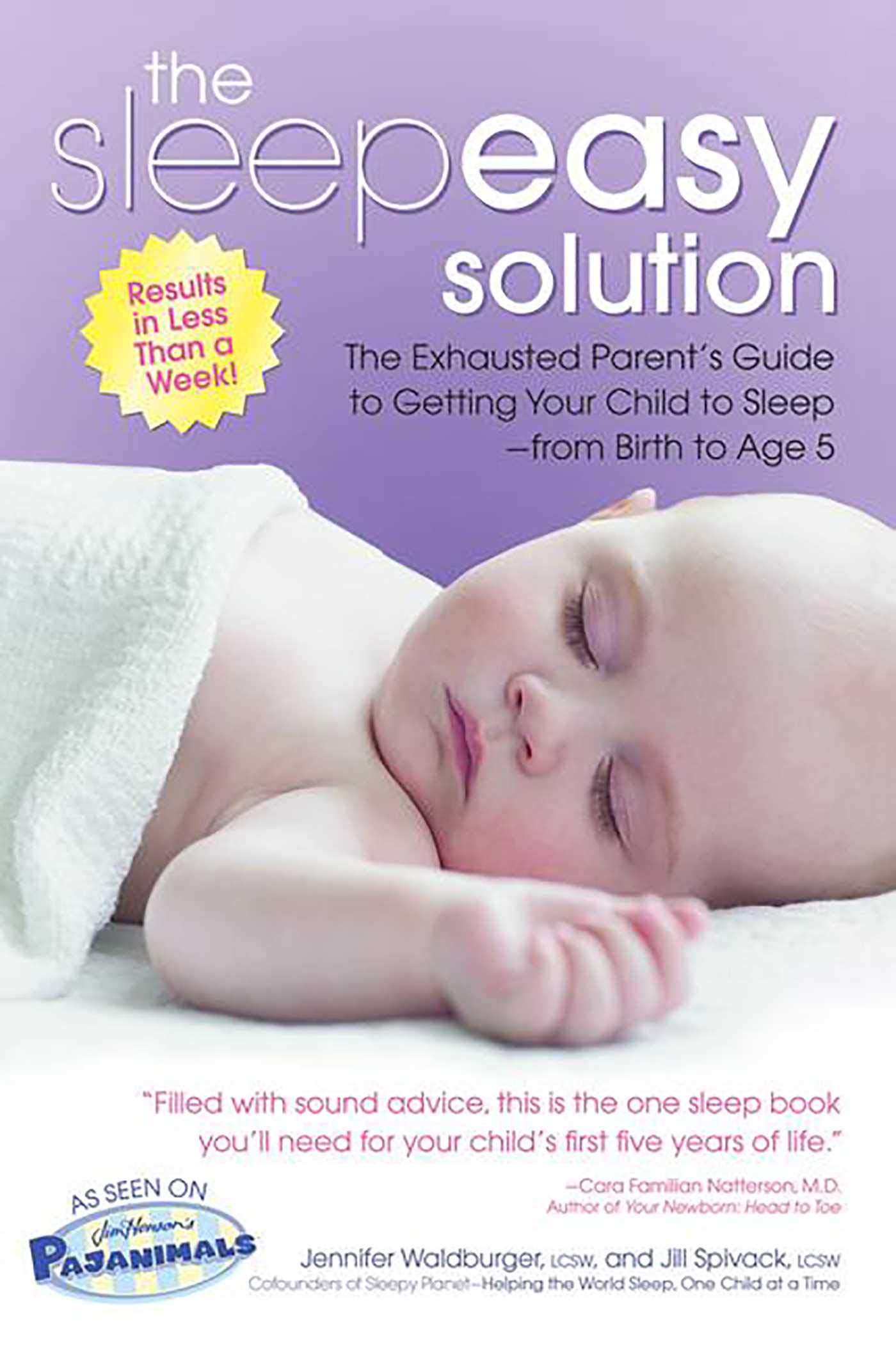
Jennifer and Jill, the authors, are known in their expertise on psychotherapy, hands-on parenting, and child development. One of their masterpieces, The Sleepeasy Solution, talks to parents on sleep problems common to babies through five-years-old.
This book plays a great help as it answers all questions straightforwardly. This book tackles concerns like getting read of early morning wakings, problems on illness and teething, transitioning from crib to bed, fighting bedtime battles and a lot more. The best part of this book is allowing parents to teach their babies and children of the good sleeping habits while still making them feel loved and supported.
Therefore, sleep training will never be seen as traumatic by your babies. This book is definitely one of those that you need to keep on your shelf as it can be used up until your child’s early years.
4. How to Sleep Train Twins by Nina V. Garcia
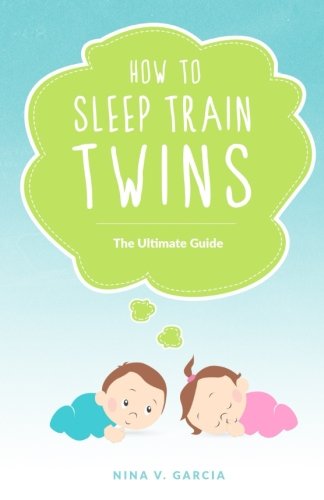
There are plenty of books about twins and other plenty ones about sleep. However, there is pretty much fewer books written about sleep and twins. Hence, Nina Garcia attempted to educate parents on how to sleep train their twins. As some mothers of twins read her book, they admitted that Nina was indeed successful on her purpose.This book provides straightforward information about sleep training twins without fluff and additional vagueness. It describes the process in an easy-to-understand and detailed way. It also includes essential information for your babies nap training and nighttime feedings.
Buying this book will indeed teach your children to love putting themselves to sleep: no sleep deprivation for you and your husband, and no more grumpy babies upon waking up. Definitely, this book is great for grab.
5. Secrets of the Baby Whisperer by Tracy Hogg
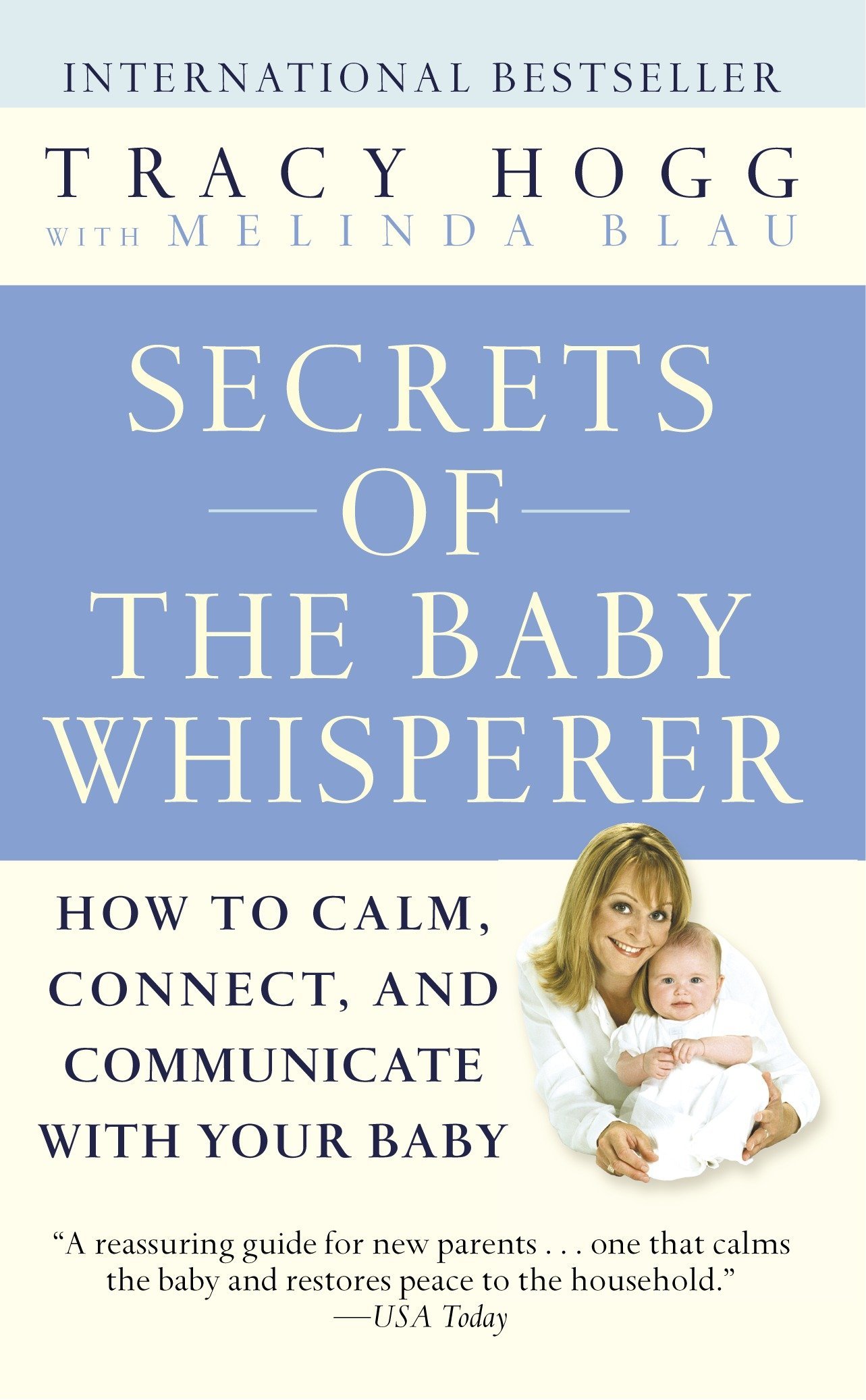
The problem with allowing your baby to get used to rocking and nursing him to sleep is that he becomes reliant on this. As soon as you put him in bed, he now begins to wake up and cry.
This also happens during nap times. When he gets stirred, he never knows how to put himself back to sleep. In effect, both you and your baby are sleep deprived and restless. Unlike other “cry-it-out” techniques, Hogg’s technique is gentler. He teaches mothers the E.A.S.Y method which means Eat, Activity, Sleep, and You.
Basically, it tells you to feed your baby when he wakes up, let him do activities after eating, allow him to sleep on his own calmy, and then you focus on taking care of yourself. Although this technique requires a lot of your patience, your baby will then eventually learn how to put himself to sleep without relying too much upon you.
6. Solve Your Child’s Sleep Problems by Richard Ferber
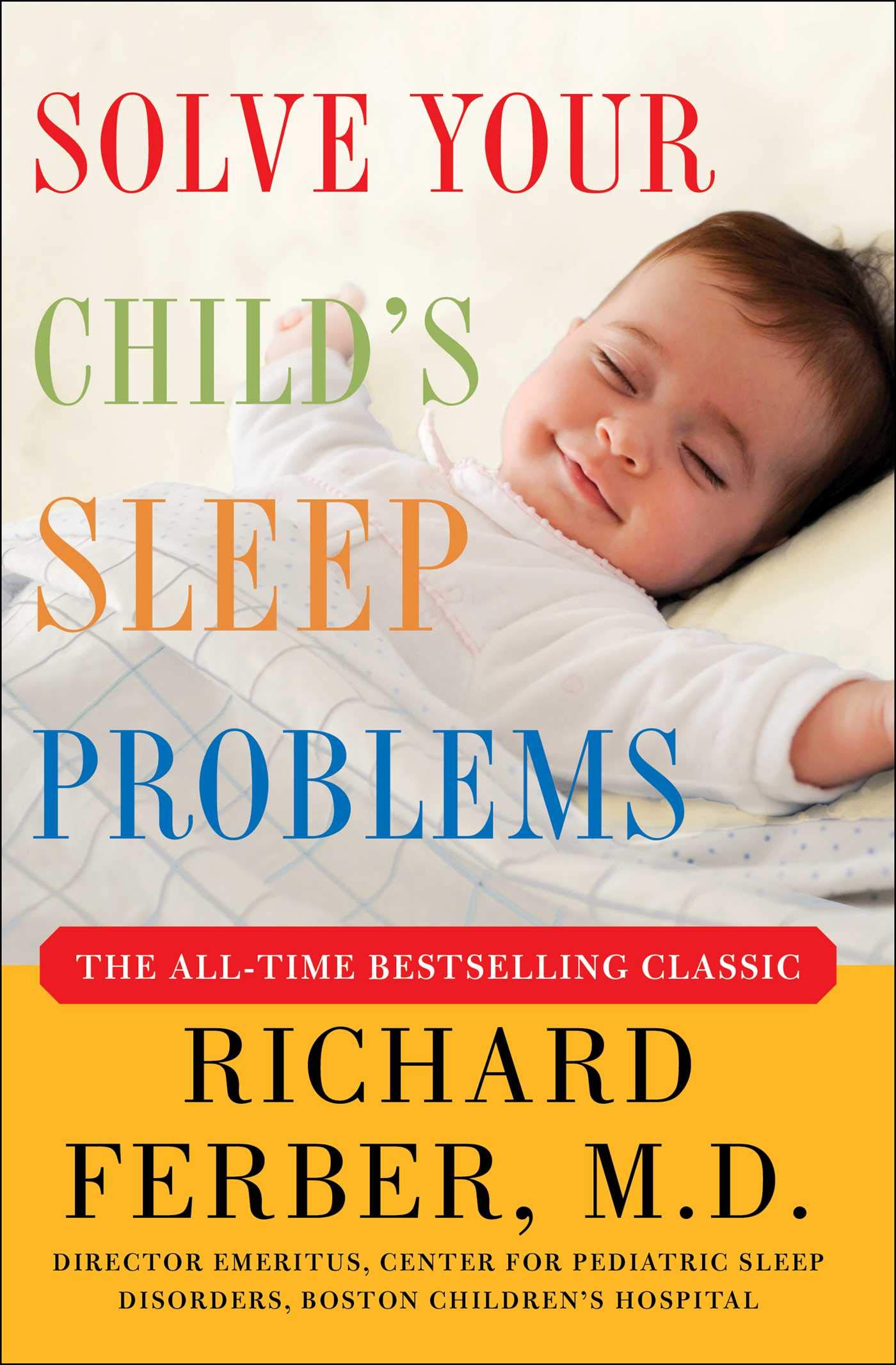
Richard Ferber is the one who suggests the “cry-it-out” method. Although it is the most famous of all methods, the same is also the most controversial one. This method has been closely associated to Ferber that the “cry-it-out” method is sometimes referred to as Ferberizing.
The process explains that you should not pick up your baby every time he cries especially when he is about to sleep. The least you can do is to tap his back but never pick him up. This is to teach your baby not to fully rely on your comfort to finally send them to sleep.
After a few days or a week, you can now observe changes that your baby is finally learning to put himself to sleep.Although some mothers commented that this method is harsh, research shows that this still remains harmful to your babies.
7. Healthy Sleep Habits, Happy Child by Marc Weissbluth
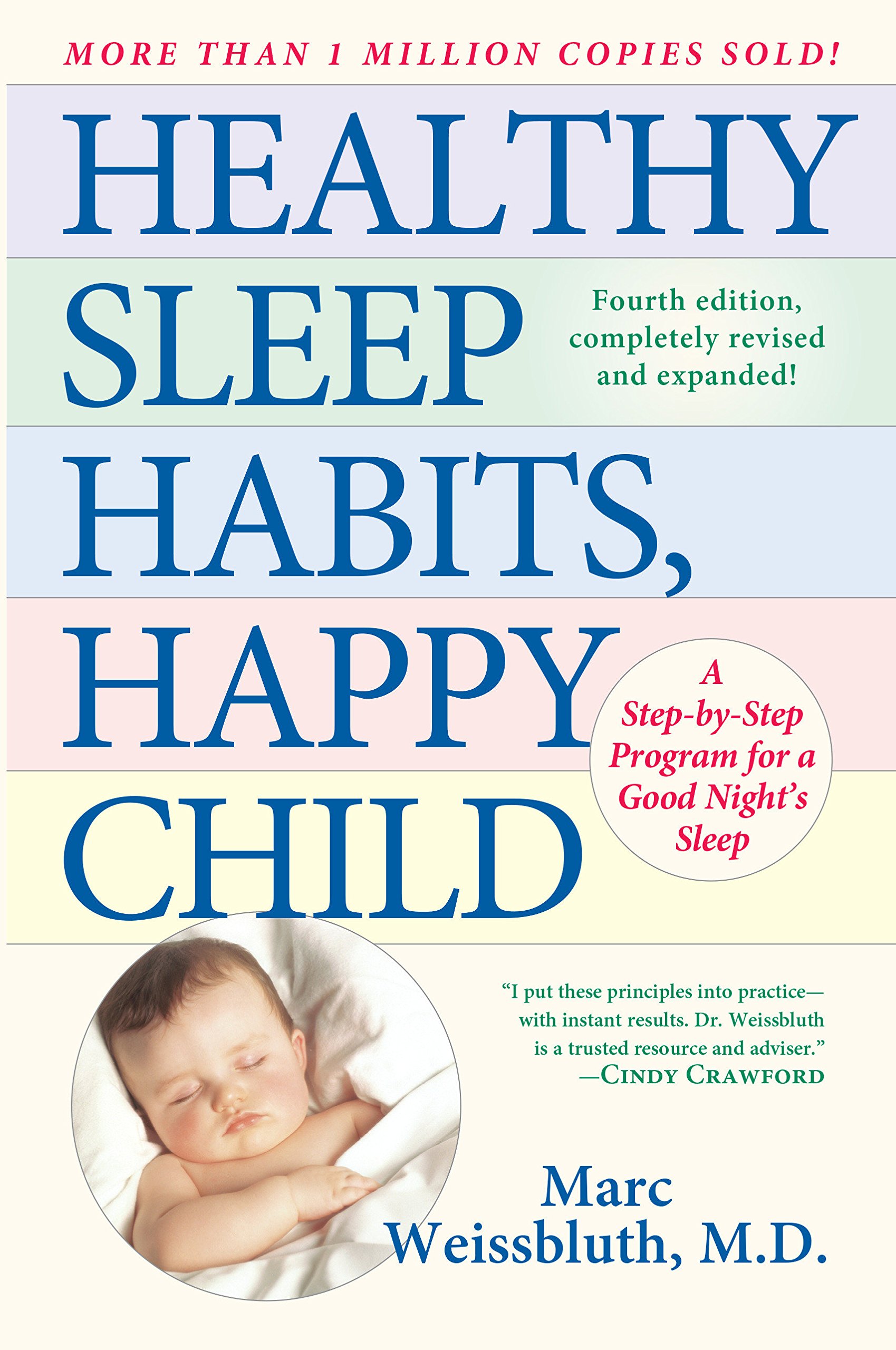
Weissbluth method is quite similar to Ferber’s “cry-it-out” method. In his book, Healthy Sleep Habits, Happy Child, Weissbluth proposes the “cry-it-out” or “no-cry” method for easy going babies and the “extinction” for stubborn ones. In the “cry-it-out” method, he just describes the same process that Ferber suggests.
In the “no-cry” method, he attempts to teach parents how to feel the temperaments of the child and deal with them using a gentle approach. Meaning, ones your baby provides sleeping cues, rock him to sleep a little, and then let him sleep on his own. In the “extinction” method, which is considered the strictest method, Weissbluth suggests that you nurse your baby a little, send him to bed while he is still awake, allow him to cry, and leave him alone in the room.
Although some use this method, others do not favor this strategy given that the indefinite cry time is hard to handle.
8. Sleeping Through the Night by Jodi Mindell
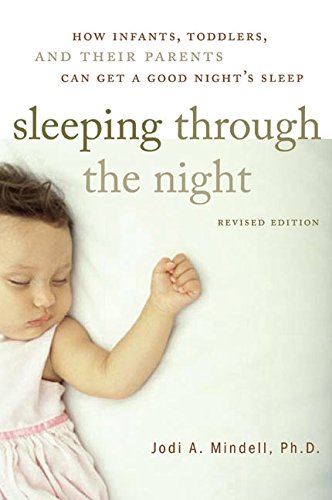
Mindell is another author who follows through the cry-it-out method. However, he focuses more on the consistent check-ins rather than the strategy of extinction. He proposes that you wait for your child until he lets out his full-blown tantrum until you to get him. So, little cries will give him the idea of being checked only briefly while you still do not pick him up from the bed.
How does Mindell define simple check-ins? According to him, check-ins include shushes, pats, and a few soothing words. After which, you will once again leave the room quietly. If parents practice doing this consistently, their babies will now learn to allow themselves to fall asleep on their own in a very calm and peaceful manner. Further, its effect will surface after two to three (2-3) weeks of continuous training.
9. The Sleep Lady’s Good Night, Sleep Tight by Kim West
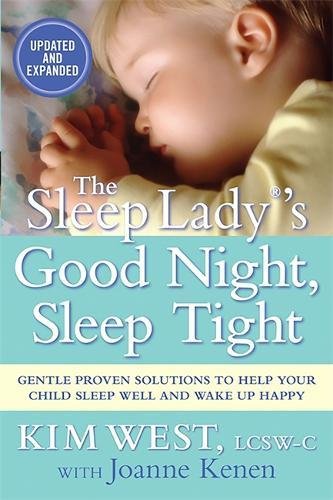
Kim West, in the book The Sleep Lady’s Good Night, emphasizes that babies should only be sleep trained once they reach six (6) months or older. Similarly, West claims that the best method you can try out with your baby is a gentler “cry-it-out” technique.
After a week or so, your baby will now learn to put herself to sleep.The Sleep Lady Shuffle, also called as the “camping out” technique, suggests that you put your baby to bed while he is still awake. After which, comfort him with your words while you try to sit on a chair next to him.
Every night, do this same process while you gently move your chair a little farther outside of the room. Further, as you continue to move your chair farther, you should not miss speaking to him gently continuously. For your final step, move your chair out of the room until your baby can no longer see you. As mentioned, this method will take its effectivity after a couple of weeks. By this time, you can now leave your baby alone as he sends himself to sleep.
10. The Baby Sleep Book by William Sears
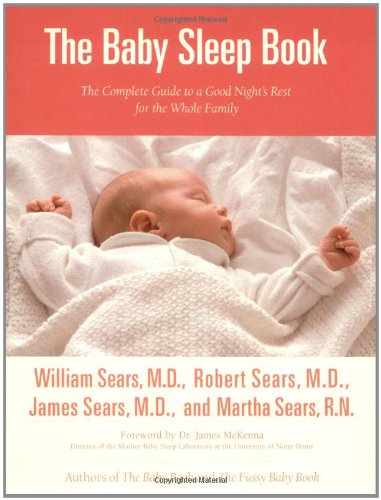
If West demands a gentle way of sleep training, Sears also demands a more stress-free way of sleep training your baby. According to Sears, allowing your baby to have a consistent nap time and bedtime can be an effective way of teaching your baby to sleep on his own.
The add-on? Combine each sleep routine with enjoyable rituals. These rituals will allow your baby to identify that it is already nap or sleep time for him. This can be a warm bath, warm breast, or a warm bed. All these can indeed help your baby to fall asleep faster as the warmth does not make him feel alone during sleep.
This also reflects Sears’ advocacy of co-sleeping or shared sleeping. According to him, making your baby that you are with him when he sleeps make them fall asleep faster, longer, and more comfortably.
11. The No-Cry Sleep Solution by Elizabeth Pantley
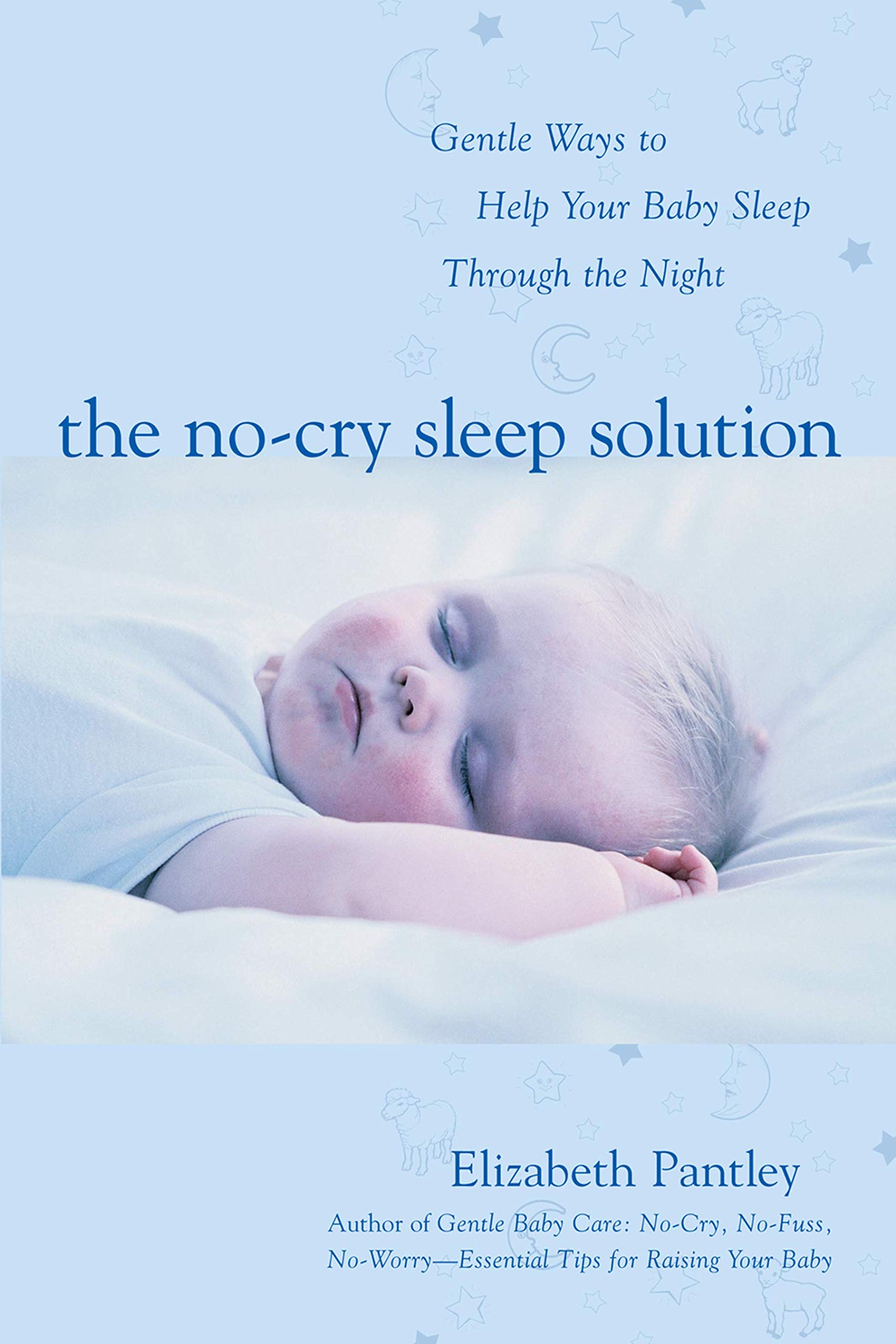
Elizabeth Pantley, the author of The No-Cry Sleep Solution, is also an advocate of the no-cry method when sleep training your baby. She believes that the approach of gentle and gradual changes in your baby’s sleep habit meets your baby’s emotional and physical needs.
Similar to Sears, she believes that consistent bedtime routine helps your baby to sleep faster by himself. She suggests that you rock your baby until he feels drowsy. After which, put him down on his bed. At the same time, she firmly believes that you attend to your baby as soon as he cries. She called this plan the “Persistent Gentle Removal System” wherein you gently remove the bottle or breast from your baby until he now falls asleep on his own.
Although it takes a lot of time and effort, Pantley believes that the no-cry method in sleep training is more worthy for your baby.
12. Baby Sleep Books for Parents by Tizzie Hall
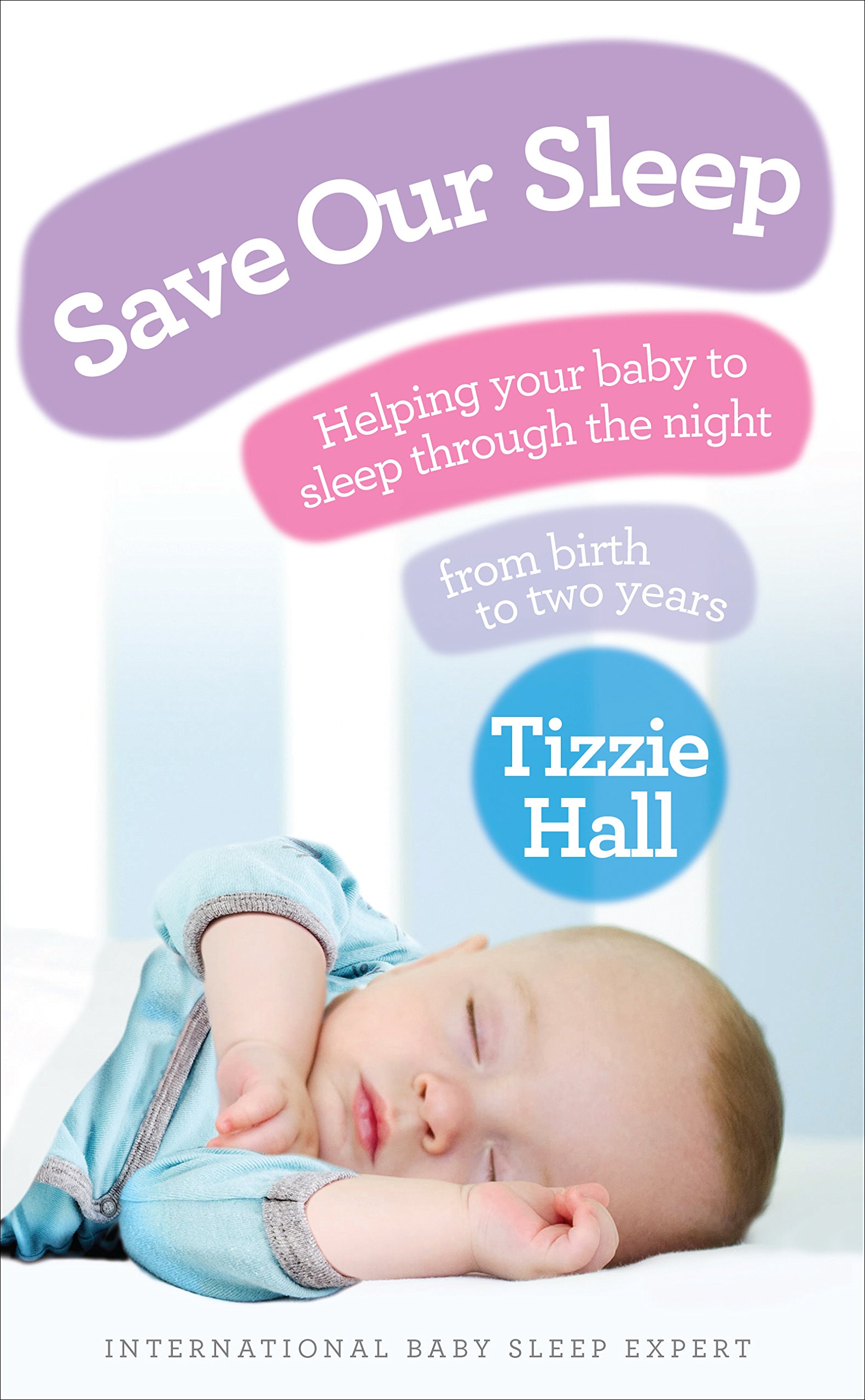
If you are the kind of parent who wants to strictly follow routines and methods, the book by Tizzie Hall entitled “Baby Sleep Books” is the best option for you. According to her, the secret to a successful sleep training is to follow routines exactly as it is.
The only problem, in this case, is whenever you have a different time to follow every day. If that is the case with you, you might give this book a second thought. However, if you are the type that can follow through without a skip, then this will be an effective guide for your baby.As for other reviews, they admitted that they find it hard to follow through the step-by-step routine at first.
However, as time goes by and they already master how the routine goes, they confidently stick with it. Its effect? Their babies are starting to keep up with a good sleeping habit and a more peaceful sleep relationship with them and the parents.
13. The Gentle Baby Sleep Book by Sarah Ockwell Smith
![Top 17 Best Sleep Training Books for Babies Reviews in 2024 14 The Gentle Sleep Book: For calm babies, toddlers and pre-schoolers by [Ockwell-Smith, Sarah]](https://www.isisparenting.com/wp-content/uploads/2022/01/51KhFYYZXwL.jpg)
Sarah Ockwell-Smith, a mother of four (4) and an expert in psychology, provides parents “The Gentle Baby Sleep Book”. This book comprises all her experiences in babies such as baby massage, hypnotherapy, and psychotherapy. In the book she has written, Sarah attempts to cover everything you need to know about your baby’s sleep.
Hence, if you are one of the parents who relies on evidence-based approach and does not want to leave your baby crying all the time, then this book is for you. In this book, she tackles everything from babyhood to toddlerhood – from the frequent baby’s night waking, to bedwetting of your toddler, to your pre-schooler’s refusal to go to school as well as nightmares!
Basically, everything you can think of. In this case, you truly become in control without feeling the sadness of leaving your baby crying.
14. Helping Your Baby To Sleep: Why Gentle Techniques Work Best by Beth Macgregor and Anni Gethin
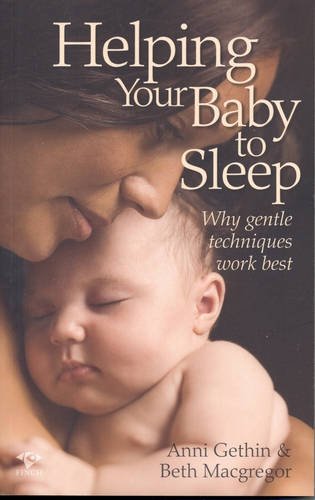
Beth Macgregor, one of the authors of “Helping Your Baby to Sleep: Why Gentle Techniques Work Best”, is a mother and psychologist who specializes in infants. Anni Gethin, on the other hand, is a health social scientist with interests in early childhood development.
With their similar enthusiasm in focusing on baby’s health, they combined their knowledge to publish a book on your baby’s sleep guide. The book comprises of essential information about why baby wakes up at night, how sleep training can be risky, how to alternate training with an effective sleep routine and a comfortable sleeping environment.
Basically, everything you want to know about your baby’s sleep is in here.With their goal of giving you and your baby a restful night, readers have expressed their support and appreciation on the effectiveness of the book in their goal.
15. Sleeping With Your Baby: A Parent’s Guide to Cosleeping by Dr. James McKenna
![Top 17 Best Sleep Training Books for Babies Reviews in 2024 16 Sleeping With Your Baby: A Parent's Guide to Cosleeping by [McKenna Ph.D., James J]](https://www.isisparenting.com/wp-content/uploads/2022/01/51tEMFzgpCL.jpg)
Dr. James McKenna, a prominent researcher on infant sleep, Sudden Infant Death Syndrome (SIDS), and breastfeeding, is recognized around the world when it comes with the topic of co-sleeping.
According to his book, parents should prioritize providing a safe and healthy sleeping environment for the babies. By doing so, it is assured that the baby will also develop a good sleeping habit.Further, he also included in his book the benefit of creating a safe family bed for your baby as well as the other members of the family.
Although some do not recommend co-sleeping or shared sleeping among parents and babies, Dr. James explained that you still can while taking into consideration the necessary precautions. Given this case, the book also includes the steps on how to minimize the risks of co-sleeping with your baby and how you can do it successfully.
16. On Becoming Baby Wise: Giving Your Infant the Gift of Nighttime Sleep by Gary Ezzo and Robert Bucknam
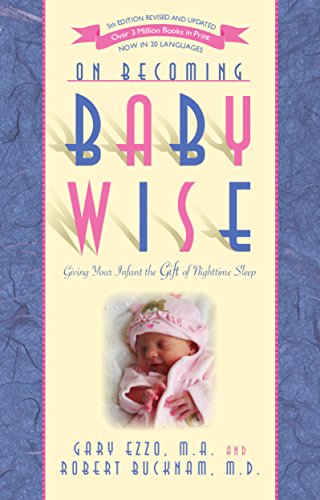
Ezzo and Buckman create a book that will be unconventional in approach. Instead of giving a long list of dos and don’ts, the two focus on preparing the minds of parents on the task of raising a baby. The content of the book is focused on parenting techniques linked to behaviorism and other branches of social science as they widely believe that babies are also part of an experience shared by society.
All techniques are anchored to the five hundred twenty (520) families who tried the approach and found it effective for their babies. As the number one bestselling book on Infant Sleep, the authors will surely give you a gift of a peaceful nighttime sleep for you and your baby towards a successful parenthood. Not only that. The book is also composed of additional information you needed for feeding as well as adapting on the routine of having a baby inside the home.
17. Sleep and Your Child’s Temperament by Rebecca Michi
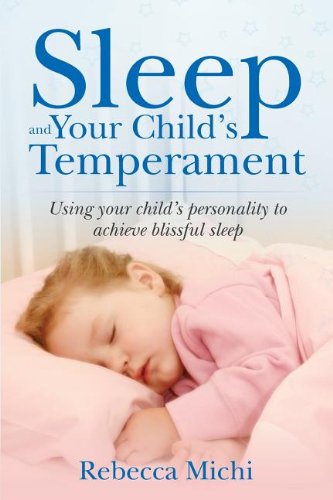
Rebecca Michi, in this book, strongly recognizes that motherhood is never easy to handle. Although we have done our team efforts as parents, it is just not enough sometimes. Henceforth, she provided all mothers with an alternative sleep training that will be harmless to your baby. Not only it gives your baby a chance to develop a good sleeping habit but also to help you know better your baby.
How do we do it? According to Rebecca, knowing the temperament of your baby helps best in choosing the right technique to apply in his training. Whether he is still in his sixth month, in his toddlerhood, or in his preschool, identifying the personality that your baby has is the first step in giving him a good night’s sleep.Given that the road to training your baby for a good sleeping habit is never easy, getting this book on your bedside is always a go-to resolution for the problem you are facing.
Related Questions
What age can you start the Ferber method?
You can start the Ferber method for your baby once he reaches four (4) months old or above. However, given that your baby in this stage cannot go for six (6) hours without feeding, you may consider starting the Ferber method until he is about six (6) months of age. For the mentioned reason, some do not recommend the method until your baby reaches six (6) months of age.
How long does it take the cry it out method to work?
For most babies, the cry-it-out method only lasts of a few days, usually two to three (2-3), until it finally works out. This usually happens when the parents have successfully followed each step in the book that they are following. However, in some cases, it takes a week or so before the cry-it-out method works out.
What age should you start teaching your baby on self soothing?
Some recommend that you start self soothing for as early as four (4) months. However, this may seem subjective to all mothers given that some babies develop slower than the others. In this case, we recommend that you start the self soothing training once they have reached six to nine (6-9) months.

